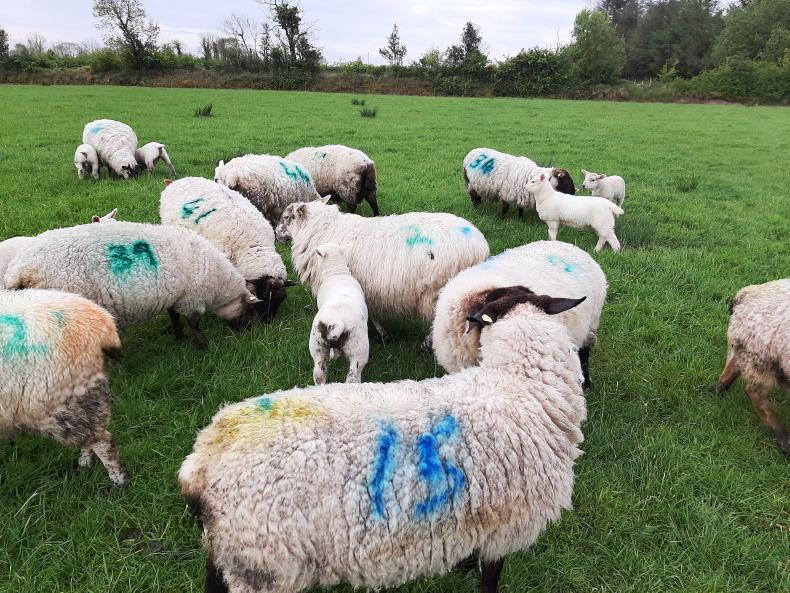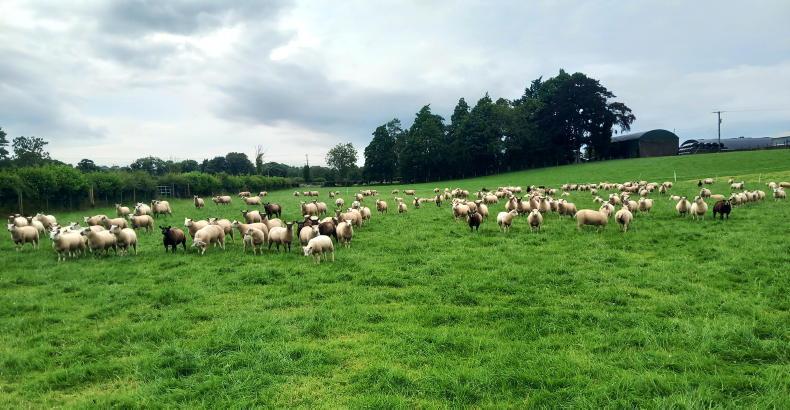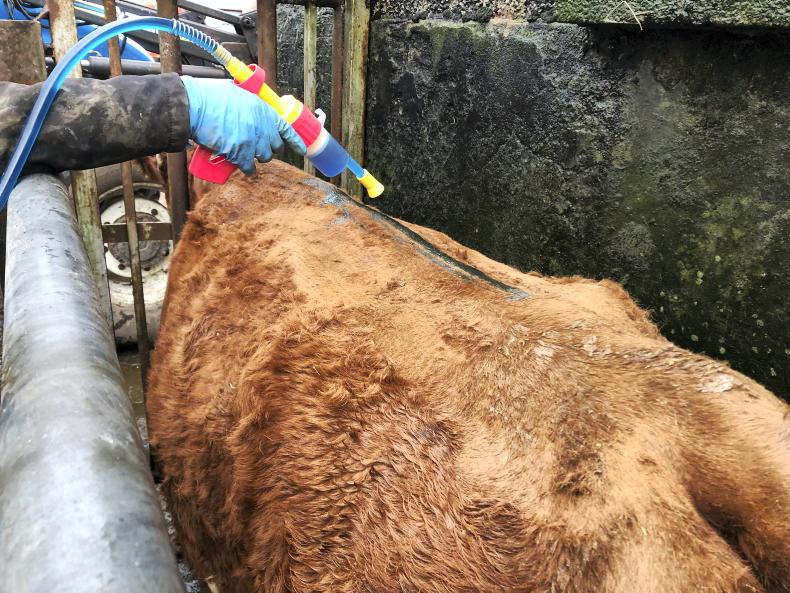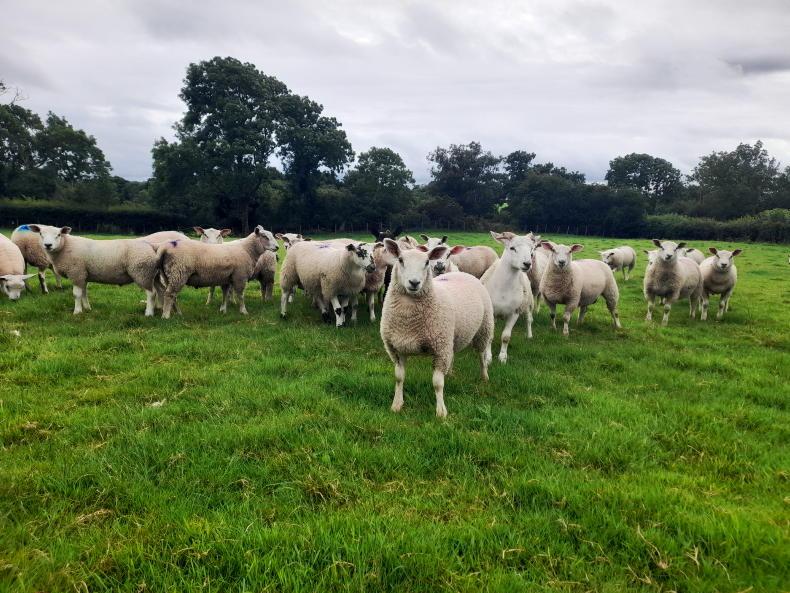Nematodirus
There has been no nematodirus warning released as yet by the Department of Agriculture, but sources say the release of this year’s forecast is imminent. The report is expected to be similar to last year regarding significant variation depending on what part of the country you are based in.
The peak hatching period is expected to be a week later on average than it was in 2021. It is forecast to have taken place in the first week of April in coastal regions, and in the second week of April elsewhere.
Treatment is usually required from about two weeks after peak hatching. Therefore, farmers in coastal regions need to be on guard to the potential of an impending risk.
Lambs at risk are those consuming significant quantities of grass on contaminated pastures, which for most sheep farmers is the majority of ground farmed.
The greatest challenge is with lambs typically aged six to 12 weeks, but younger lambs that are facing nutritional stress and are forced to graze higher quantities of grass at a younger age than normal will also fall within the high risk category.
Producers should watch out for the tell-tale signs of the disease which include a green-coloured scour. A high burden will quickly trigger profuse diarrhoea, dehydration and weight loss.
There is no treatment available with any residual protection to nematodirus, meaning that retreatment may be necessary in cases where the timing of treatment is too early or where there is a significant age gap in lambs. White drenches (benzimidazoles) are recommended for use.
Coccidiosis
Care should also be taken not to confuse nematodirus with coccidiosis. Both ailments have similar characteristic symptoms with the main point of differentiation being that scour triggered by coccidiosis infection is dark and often blood-stained, usually accompanied by straining in affected lambs.
The route of infection for coccidiosis is orally via faecal contamination of areas such as dirty bedding, contaminated water or feed troughs, and areas on swards where animals tend to congregate.
It is essential to maintain high standards of hygiene right through until lambing has finished, remembering that it can also pose a significant risk in lambs reared artificially.
Treatment is given via oral coccidiostats and there are a number of products currently available on the market. Some have a residual level of cover and this should be kept mind.
The Teagasc anthelmintic guide; Products Licensed for Control of Parasites in Sheep details coccidiostats available on the market and their characteristics. It can be accessed online here
Yearling hoggets
The success of yearling hoggets rearing lambs is influenced by a few key elements which boil down to ensuring the nutritional intake of animals is not compromised. Hoggets with twin lambs should be treated similar to ewes with triplet lambs.
Only well grown hoggets with a good milk yield should be asked to rear two lambs. These animals should be monitored closely in early lactation and where there is any doubt one lamb should be removed.
Concentrate supplementation should continue at a rate of at least 0.5kg per head daily for the first five weeks of lactation, while lambs should be offered creep feed to weaning stage to take the pressure off hoggets. Early weaning from 10 to 11 weeks can be considered, depending on performance.









SHARING OPTIONS